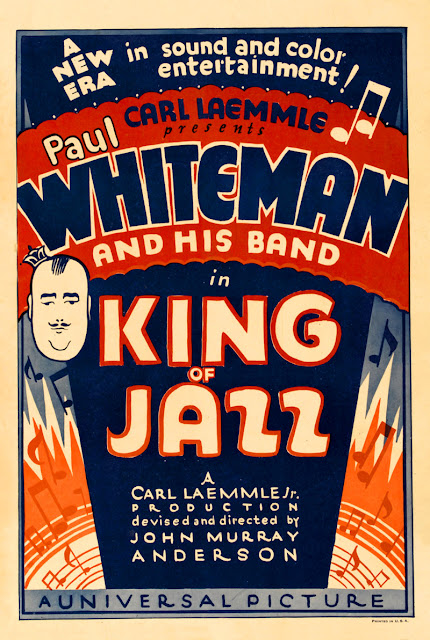Congratulations to everyone who participated in this year's Summer Reading Challenge. It doesn't matter if you read one book or all six, I'm proud of the work you've done and your commitment to participating. I've had such a blast reading all of your reviews, seeing your blog posts, Instagram photos and more.
A special shout out to those who completed the challenge. I was so happy to finally finish this year (even though it was by the skin of my teeth). I'm definitely in good company with the following:
Andy of Journeys in Darkness and Light
Emily on Instagram/LadyDearden
Karen of Shadows and Satin
Molly of Dreaming in the Balcony
Robby on Instagram/Wrcress
Vanessa on Goodreads
These participants (except for me of course) are eligible to win my contest. Instead of doing one winner and a runner-up I decided to randomly select three winners. And they are:
Andy, Emily and Robby
If you have any recommendations for how I can improve this challenge for next year please let me know in the comment section below!These participants (except for me of course) are eligible to win my contest. Instead of doing one winner and a runner-up I decided to randomly select three winners. And they are:
Andy, Emily and Robby
You all get your pick of one Warner Archive DVD (single disc). I'll be contacting you with details.
Please make sure you visit my previous round-ups (First and Second) to read all the contributions by the participants.
Now on to the reviews:
Daffny of A Vintage Nerd
My Way of Life by Joan Crawford
Emily on Instagram
Dolores Del Rio: Beauty in Light and Shade by Linda B. Hall
Hollywood Enigma: Dana Andrews by Carl Rollyson
Judy Holliday: An Intimate Life Story by Gary Carey
Lupe Velez: The Life and Career of Hollywood's "Mexican Spitfire" by Michelle Vogel
Jay of Thirty Hertz Rumble
Don’t Disturb the Dead: The Story of the Ramsay Brothers by Shamya Dasgupta
Karen of Shadows and Satin
52 Must-See Movies and Why They Matter by Jeremy Arnold
The Big Sleep by Raymond Chandler
Dinner at Eight: A Play in Seven Scenes by George S. Kaufman and Edna Ferber
Laura by Vera Caspary
The Little Foxes by Lillian Hellman
Whatever Became Of...? by Richard Lamparski
Lauren of Lauren Semar: Hollywood Party
A Book by Desi Arnaz
Hello, Gorgeous: Becoming Barbra Streisand by William J. Mann
Rock Hudson: His Story by Rock Hudson
Valley of the Dolls by Jacqueline Susann
Molly of Dreaming in the Balcony
Fireball: Carole Lombard and the Mystery of Flight 3 by Robert Matzen
Joan Blondell: A Life Between Takes by Matthew Kennedy
Sophia Loren: Movie Star Italian Style by Cindy De La Hoz
Raquel of Out of the Past
Five Came Back: A Story of Hollywood and the Second World War by Mark Harris
King of Jazz: Paul Whiteman's Technicolor Revue by James Layton and David Pierce
William Cameron Menzies: The Shape of Films to Come by James Curtis
Rob on Instagram
Public Cowboy No. 1: The Life and Times of Gene Autry by Holly George-Warren
Michael Douglas: A Biography by Marc Eliot
Karl Malden: Where Do I Start? A Memoir by Karl Malden
Sarah of Goodreads
Memoirs of a Professional Cad by George Sanders
Miss D and Me: Life with the Invincible Bette Davis by Kathryn Sermak with Danelle Morton
















